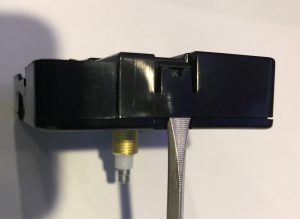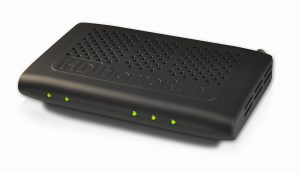If you read this blog on a regular basis you would already know I enjoy re-purposing broken electronics into new useful gear. I had an old Wii remote sitting around that was broken and it was calling out flashlight to me. I figured I would give it a shot.
My self imposed requirements called for using one of the original buttons to turn on the light, and I also had to reuse the original battery holder.
Tools you can use:
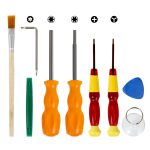 Triwing Screwdriver – Nintendo likes to use “special” screws across all their equipment. The Wii is no different and requires a Triwing screwdriver to open the Wii remote. This kit is $11.99 and covers them all!
Triwing Screwdriver – Nintendo likes to use “special” screws across all their equipment. The Wii is no different and requires a Triwing screwdriver to open the Wii remote. This kit is $11.99 and covers them all!
 About 12″ of wire the lighter the gauge the better. This 22 gauge wire collection would be a great addition to your tool box. $20.00 at Amazon Continue reading “Fun Project – Nintendo Wii Remote Flashlight”
About 12″ of wire the lighter the gauge the better. This 22 gauge wire collection would be a great addition to your tool box. $20.00 at Amazon Continue reading “Fun Project – Nintendo Wii Remote Flashlight”
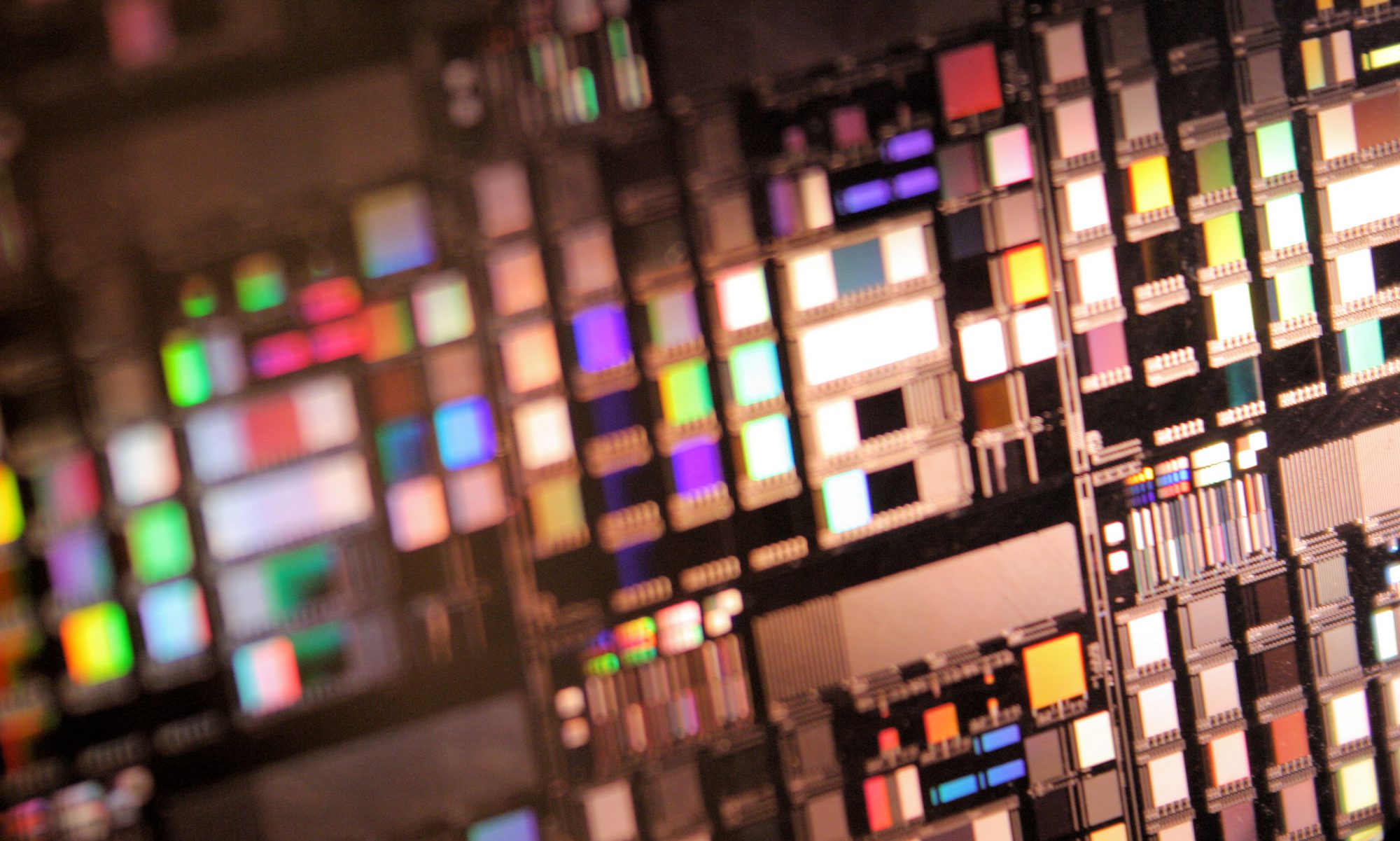
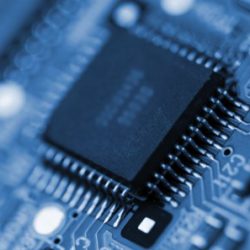
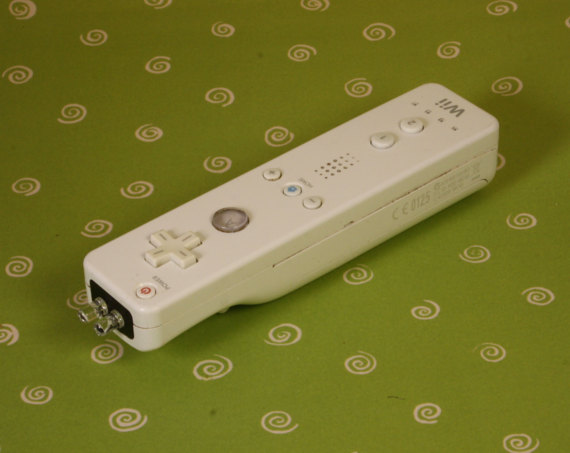

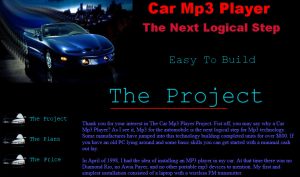

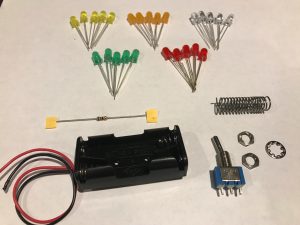

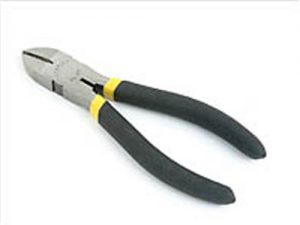
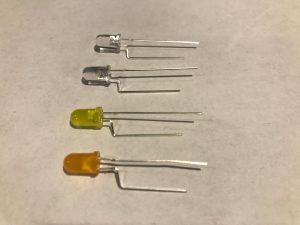
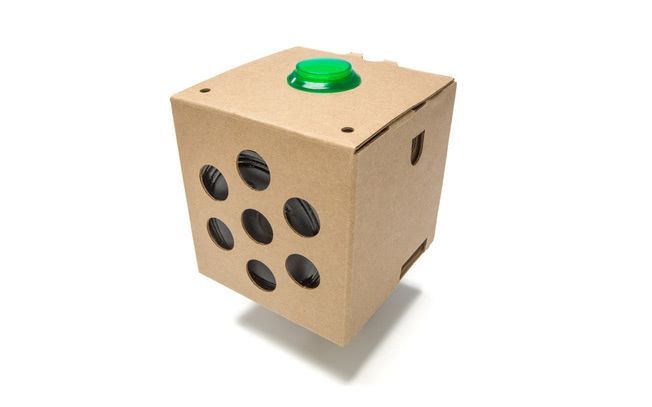

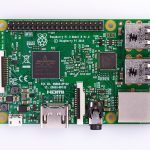

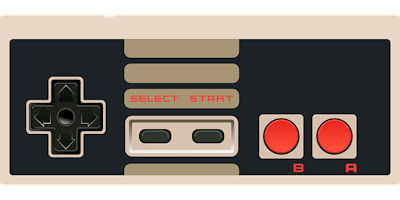

 Any USB drive extracted from its case. I used a 16gb drive for this project.
Any USB drive extracted from its case. I used a 16gb drive for this project.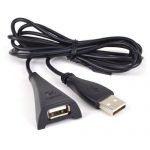

 This is where Pi Hole fits in! What is a Pi Hole you say? Think of the Pi Hole as an open source advertisement blocking network appliance for your entire home. The developers of the Pi Hole software found an easy way to block most advertisements from displaying on all your devices. When you boil it down the Pi Hole is simply a DNS black list joined with the inexpensive
This is where Pi Hole fits in! What is a Pi Hole you say? Think of the Pi Hole as an open source advertisement blocking network appliance for your entire home. The developers of the Pi Hole software found an easy way to block most advertisements from displaying on all your devices. When you boil it down the Pi Hole is simply a DNS black list joined with the inexpensive 
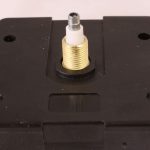 available on the internet and I have a good stock of them if you would like to purchase one. (just email me at
available on the internet and I have a good stock of them if you would like to purchase one. (just email me at 